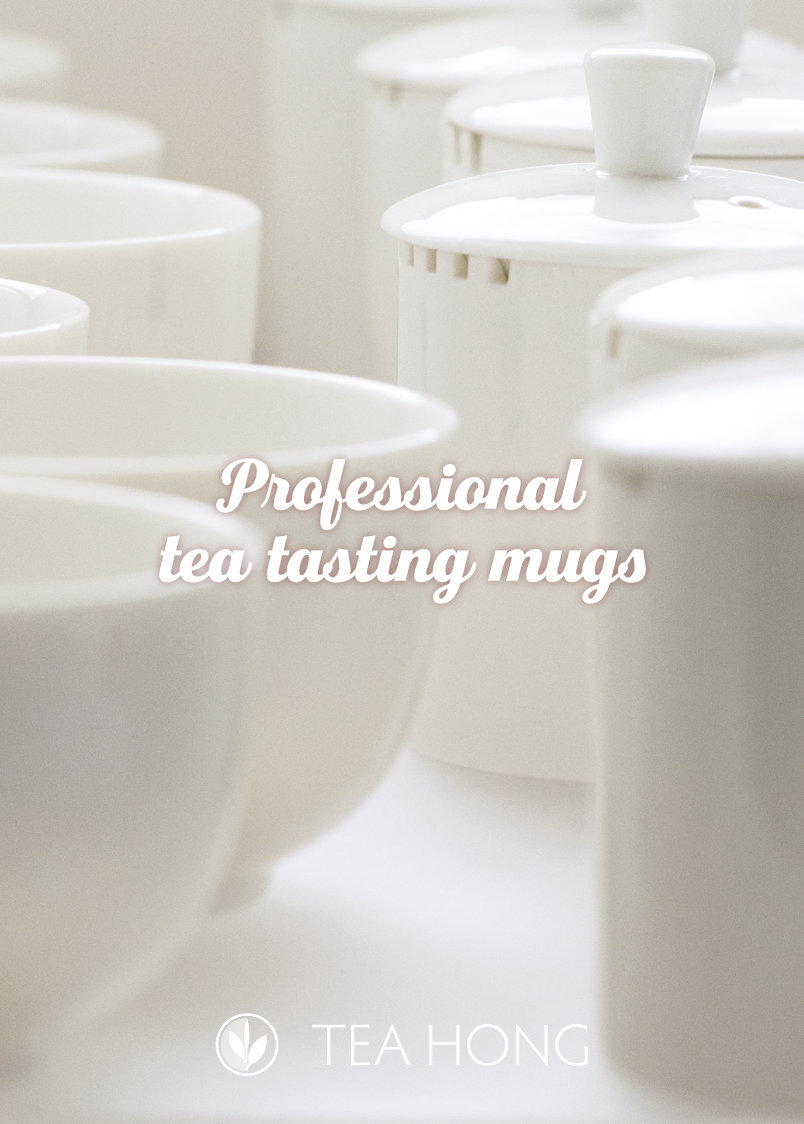Home › Dialogues › Tea Making › Blanching for white tea chabing
Tagged: Blanching, white peony, white tea
- This topic has 3 replies, 2 voices, and was last updated 7 years, 6 months ago by
 Tea Guardian.
Tea Guardian.
-
AuthorPosts
-
-
2016.09.14 at 9:05 pm #14526
Felix.C
ParticipantBlanching has always been one of the most difficult parts in brewing for me. I am a bit familiar with Japanese and Korean style brewing, in which blanching is hard to find. That’s why I am heavily counting on teaguardian articles when I am brewing Chinese tea even with conventional way(definitely not a big fan of gongfu style).
Things were satisfying, until I bought chabings of white peony. Thanks to Leo, I do prefer fresh and loose leaf white peony a lot, I found it is cheaper to buy in the cake form, however. I once had sample pieces of white peony chabing as gift, which claim that they are matured more than 6 years. That time, I blanched following Leo’s advice in the article.
But, the chabings of white peony I have now are made with 2014 harvest tealeaves, thus I doubt that they are ‘matured’ enough to get blanched. Thus things get complicated for me; if they were loose leaf type, I would not blanch them, yet I am not quite sure about chabing type. Blanching them might be a safe option, bu I do think that except some special types of tea, the first pouring on tea leaves should not be … wasted.
Thus, I would like to hear advices and thoughts from you about this ticklish problem. Thank you.
-
2016.09.20 at 10:17 pm #14527
 Tea GuardianKeymaster
Tea GuardianKeymasterI thought some other readers would have things to say about this but perhaps I shall respond to it for now quite a few days after you have posted the subject.
Blanching is quite needed for compressed teas unless you are going to boil it, like they do in Tibet.
A wash of hot water removes the very small leaf particles which release the content much more readily than the less broken leaves. These dusting/ fanning make controlling the infusion effect somewhat more difficult.
The step also opens up the leaf conglomerate so surfaces and parts of leaves that are otherwise buried inside can get in touch with the infusing water at roughly the same time as the exposed ones. Considering the exposed ones do have a slightly different chemistry because of exposure to the elements, a balance from the less exposed ones do help quite a lot.
I hope this helps
-
2016.09.27 at 3:00 pm #14529
Felix.C
ParticipantThank you very much for your kind instruction. After following your advise, i.e. starting blanching, the taste of the chabing gets smooth and becomes more similar to infusions from loose leaf white peony.
Again, thank you.
-
2016.09.28 at 9:58 am #14530
 Tea GuardianKeymaster
Tea GuardianKeymasterYou are very welcome Felix
-
-
-
AuthorPosts
- You must be logged in to reply to this topic.










